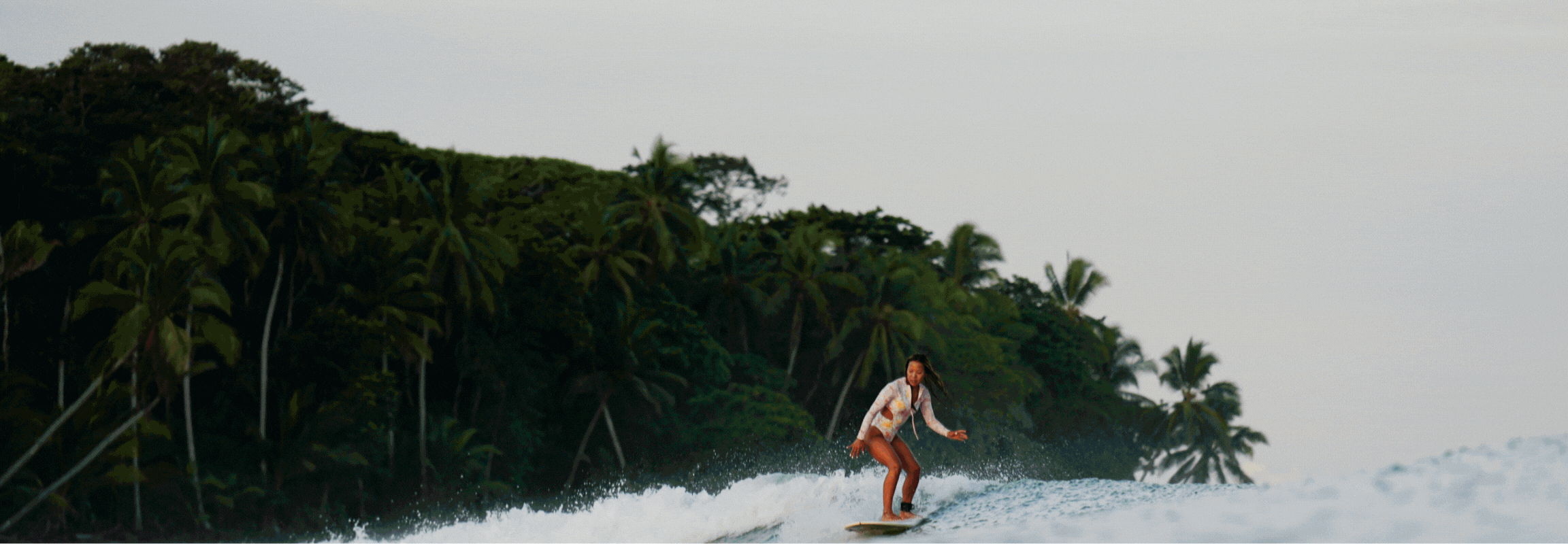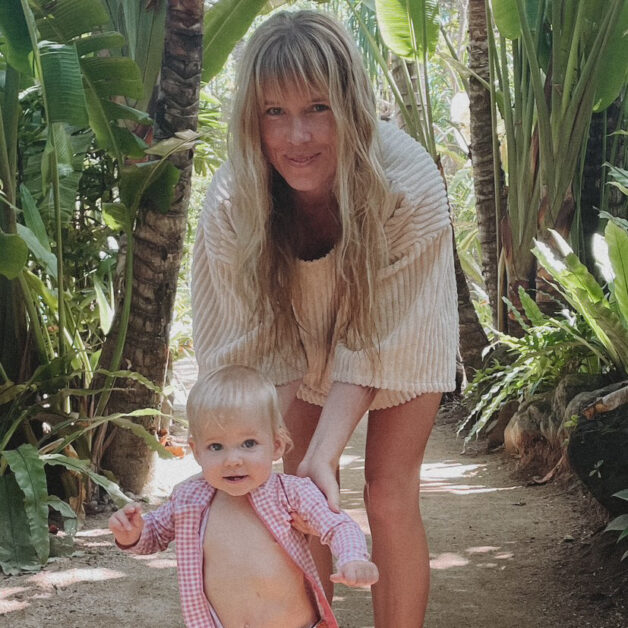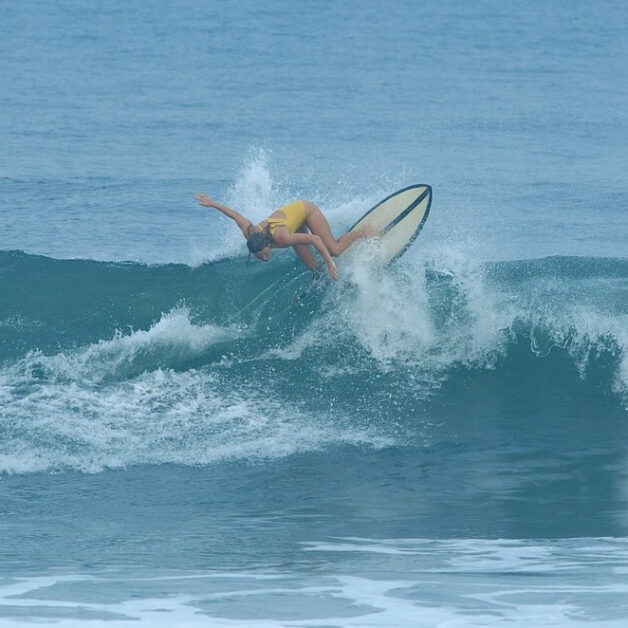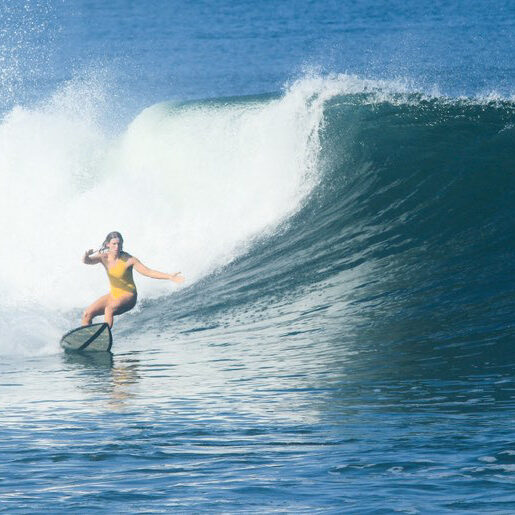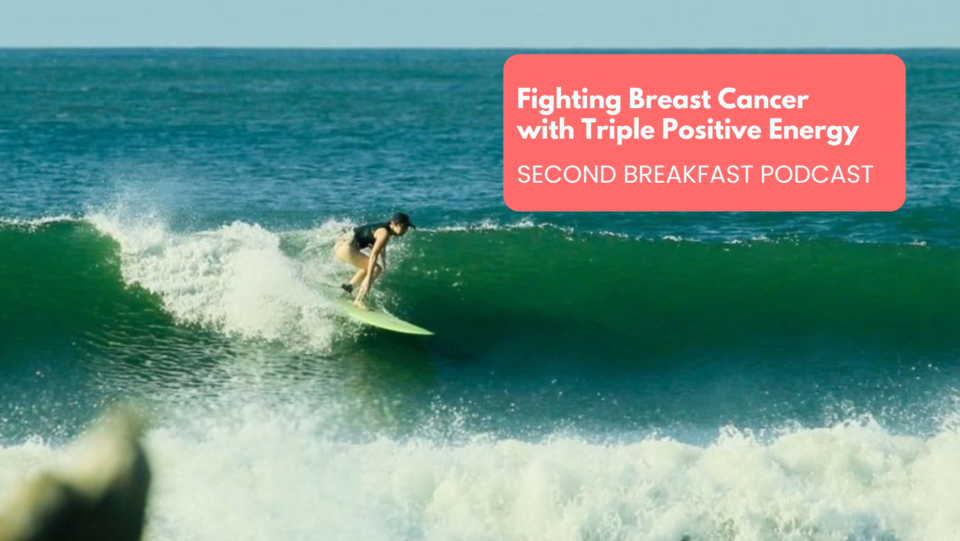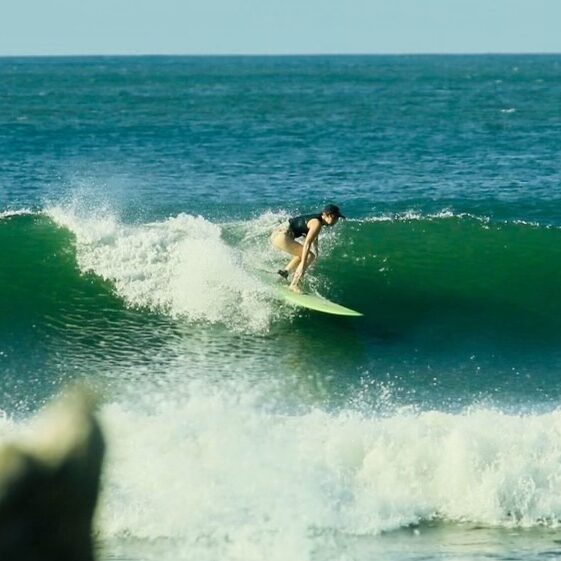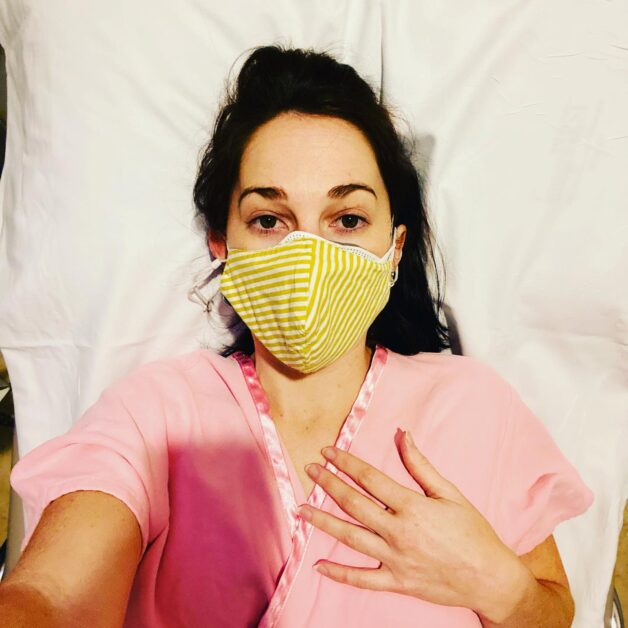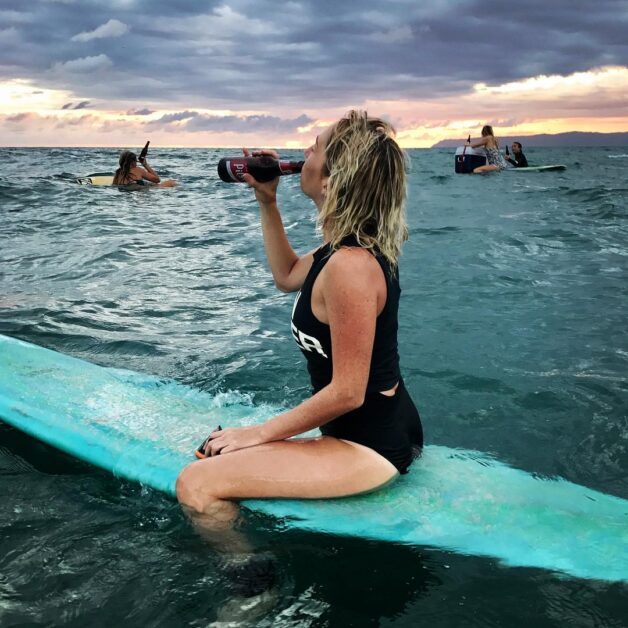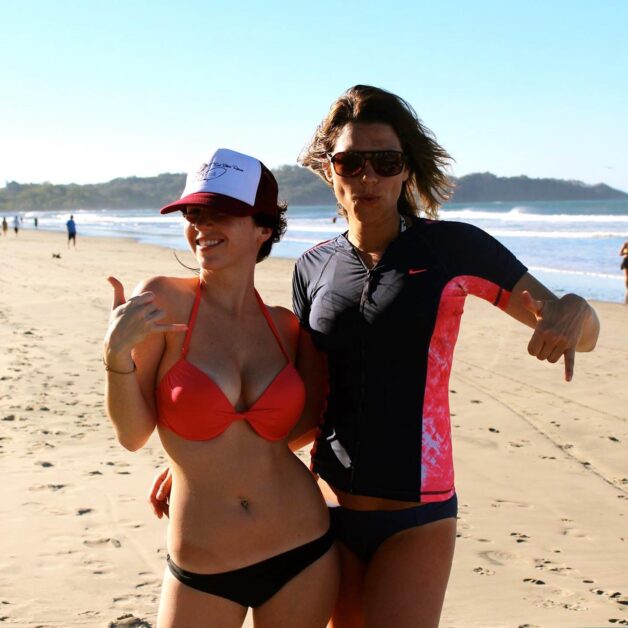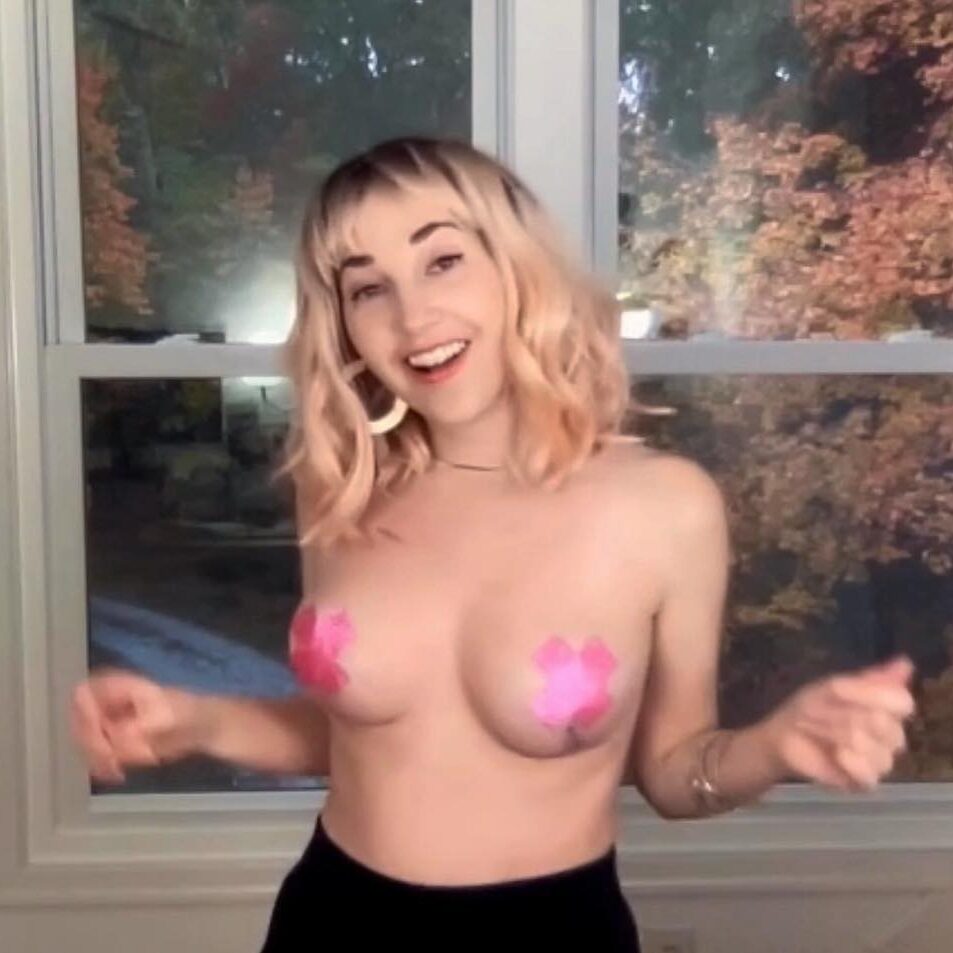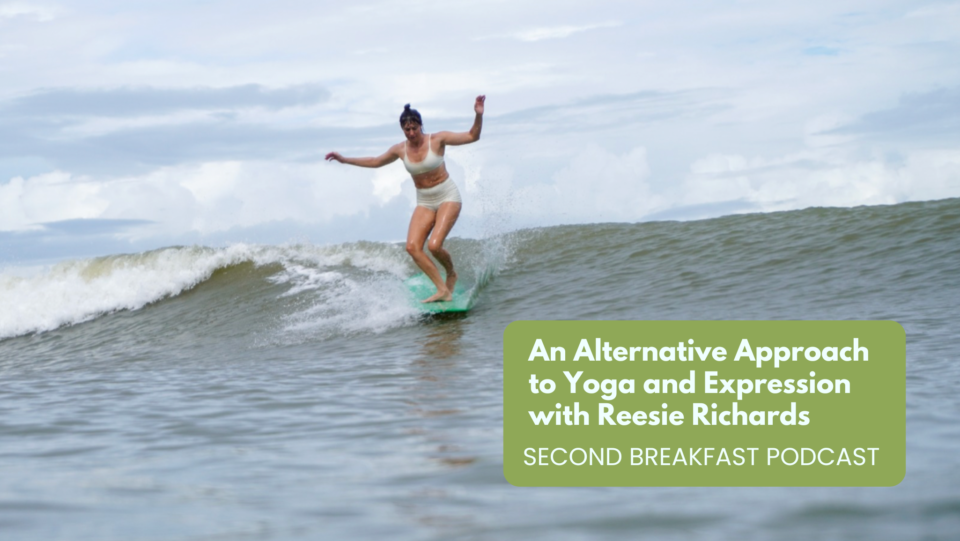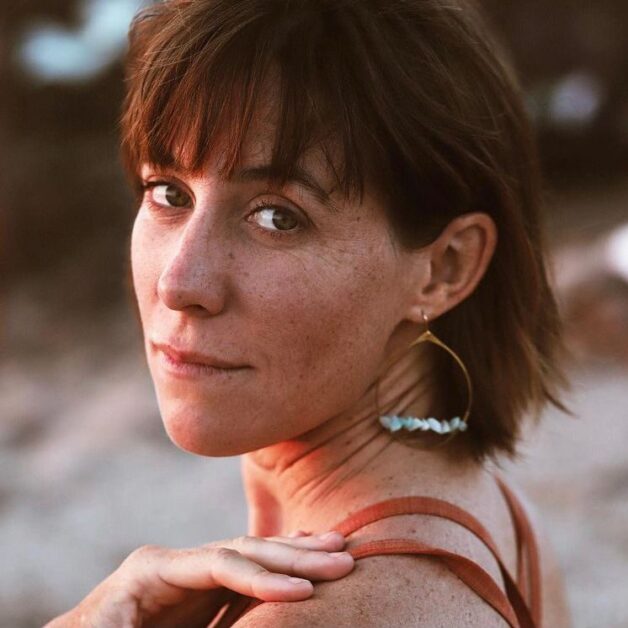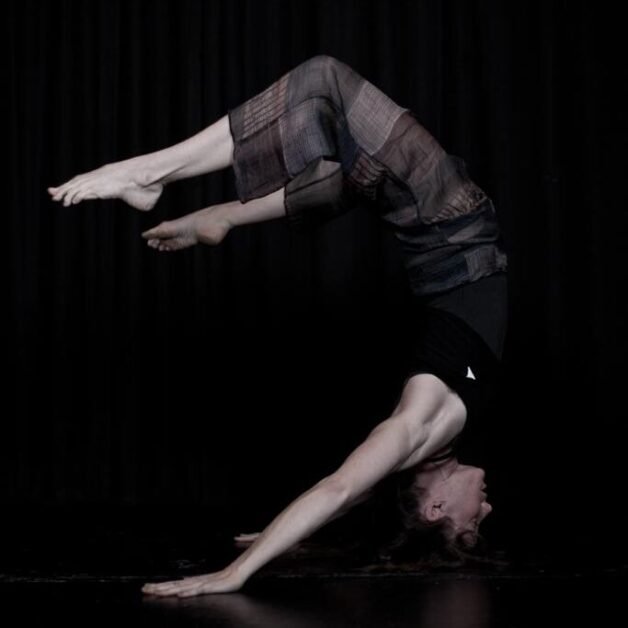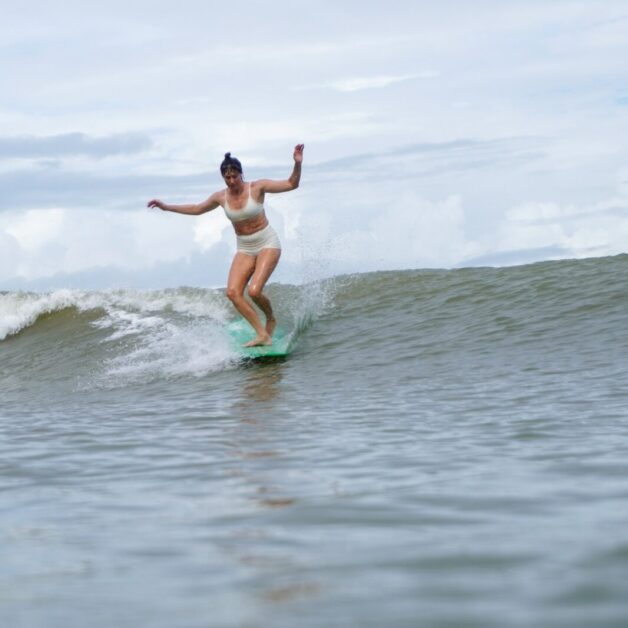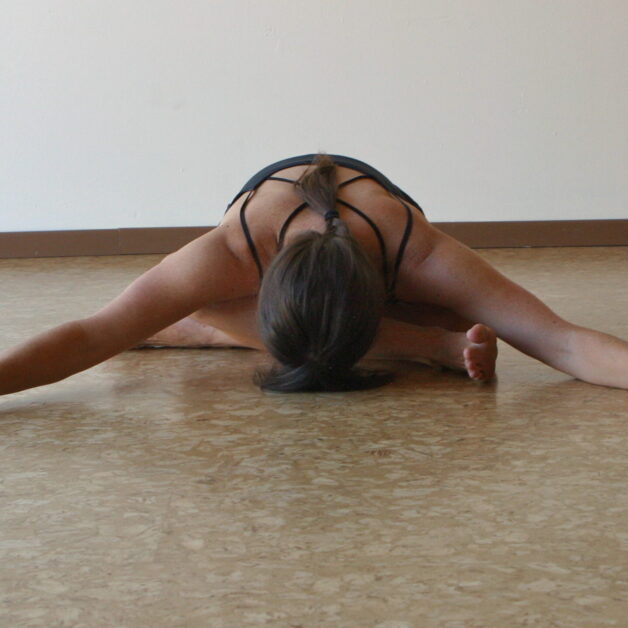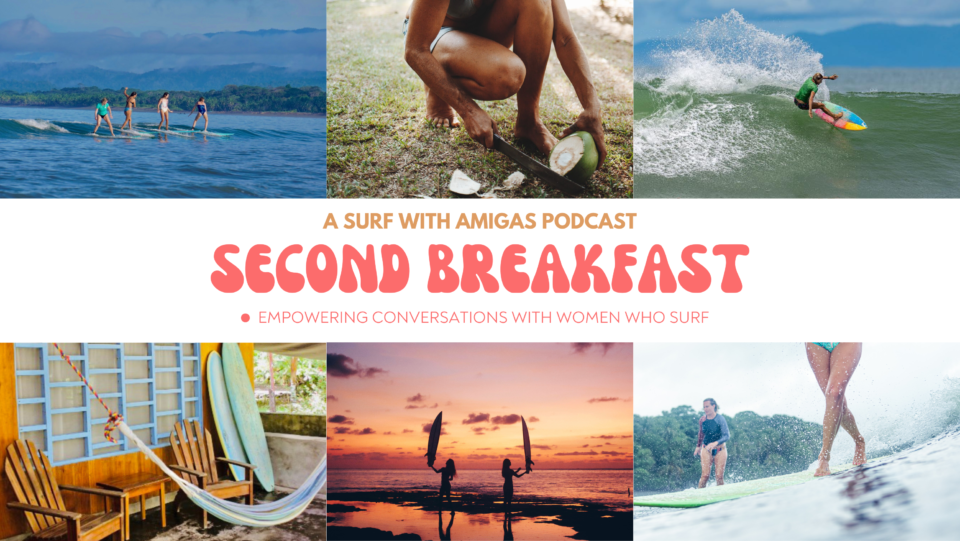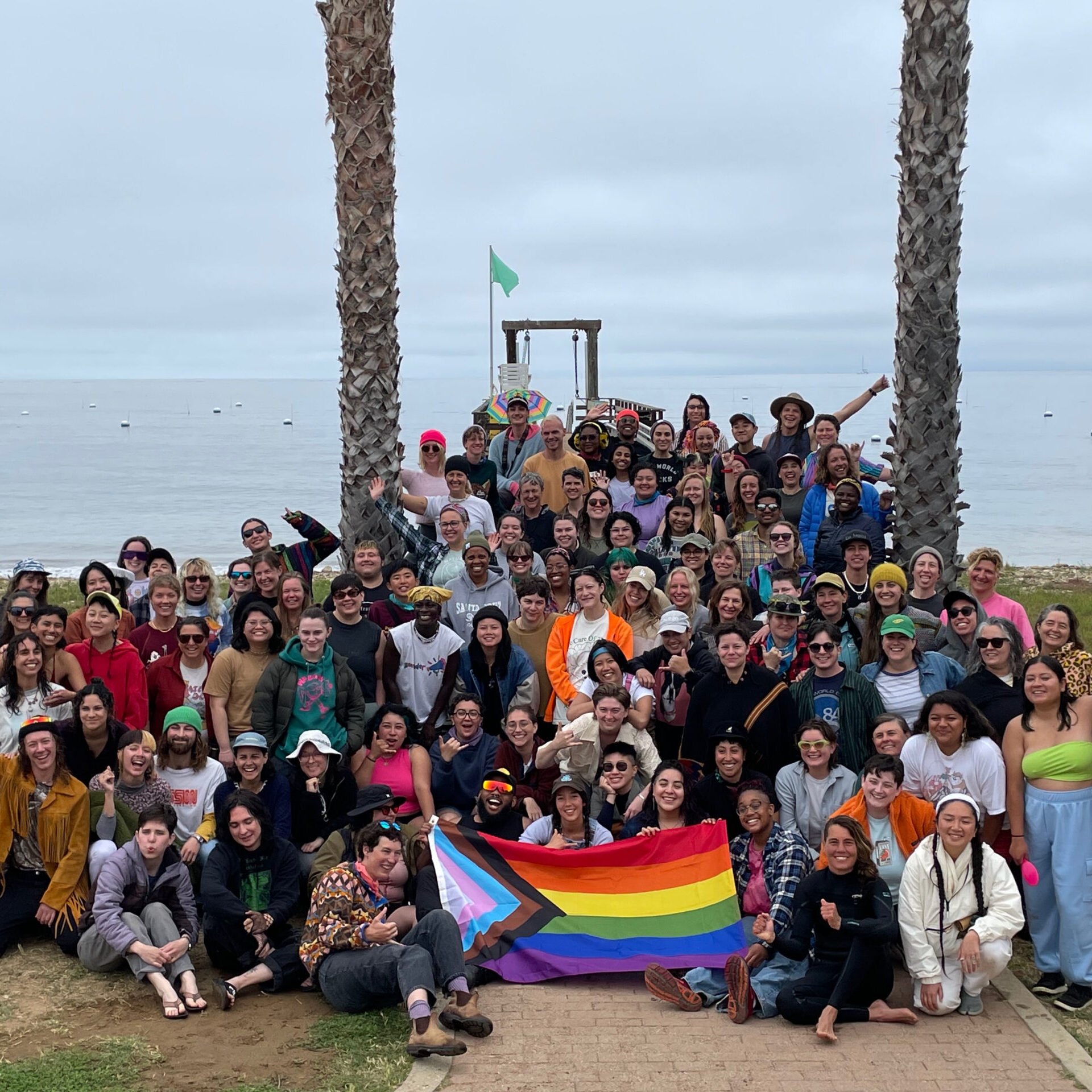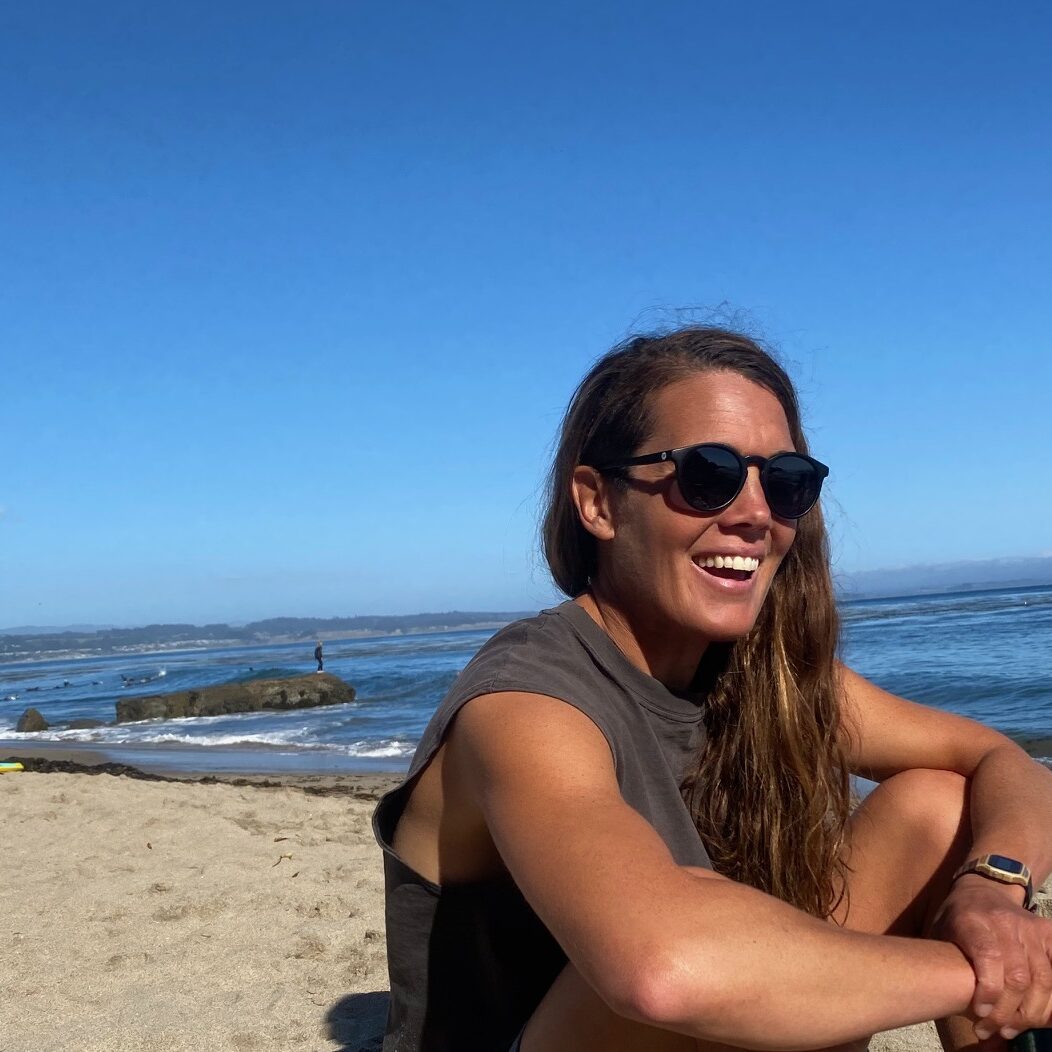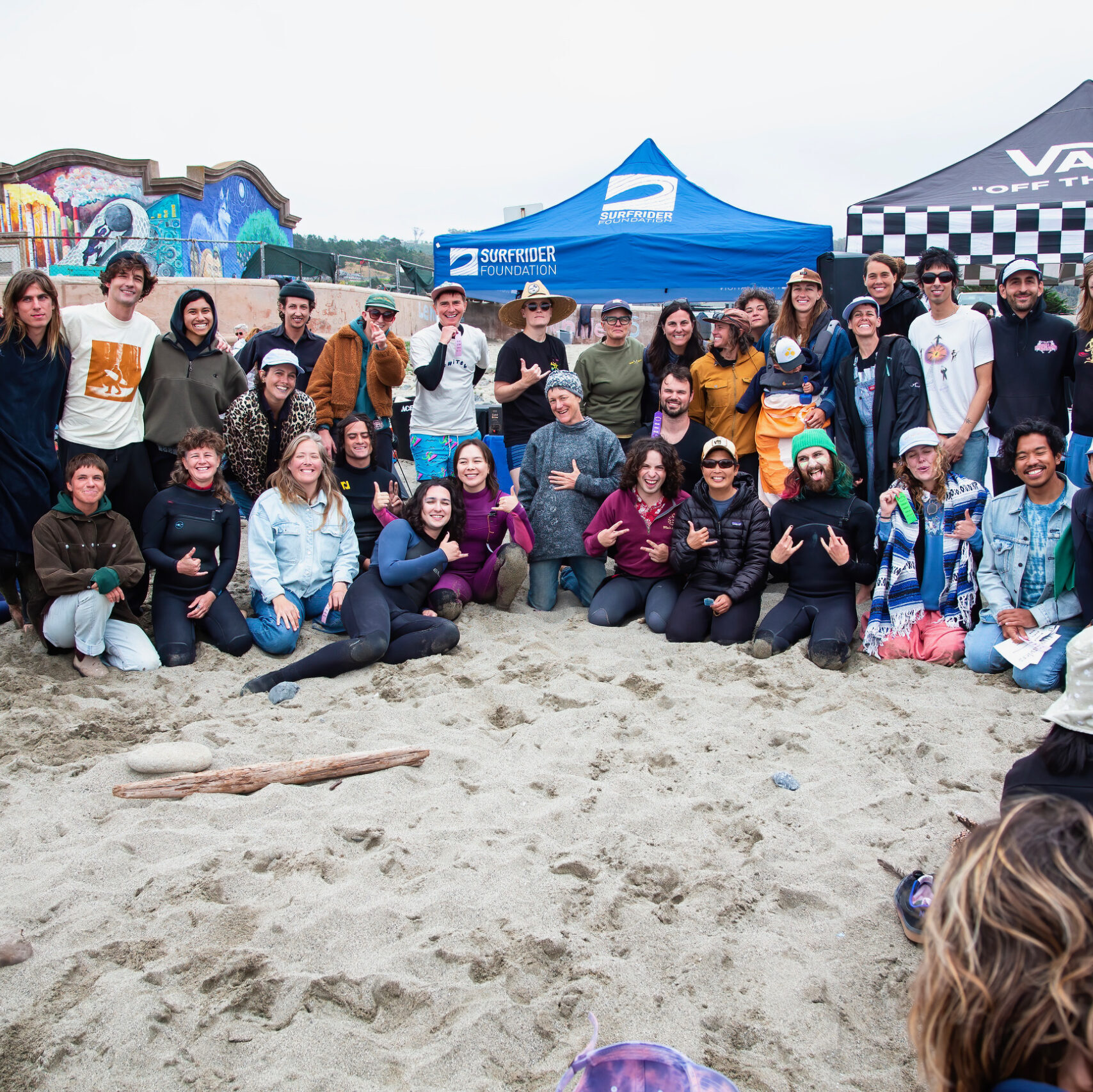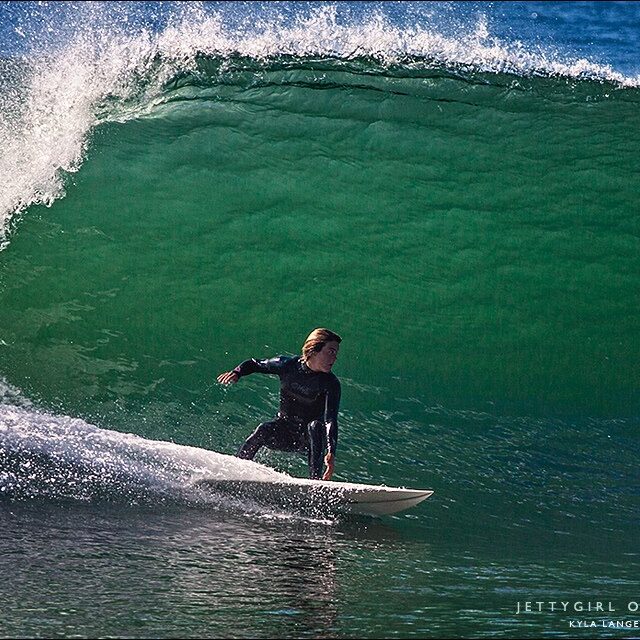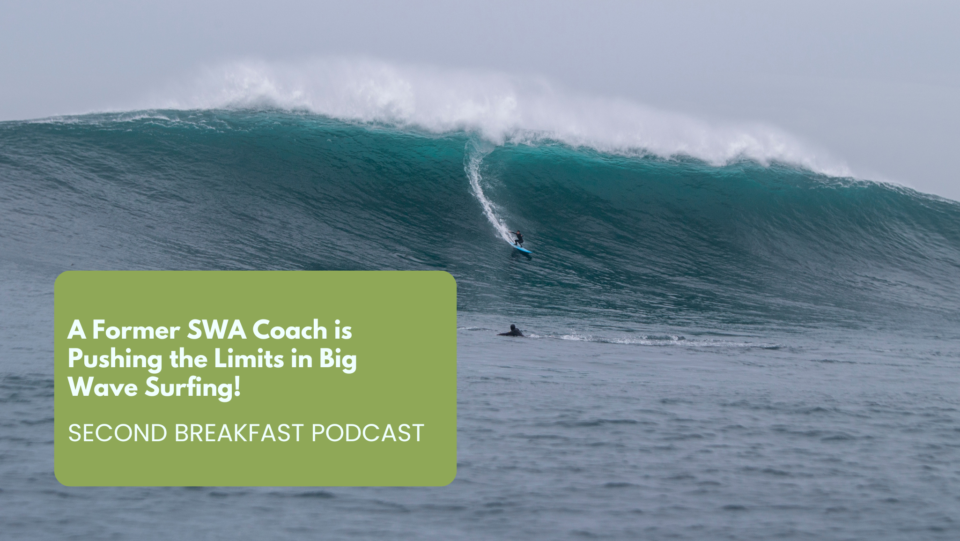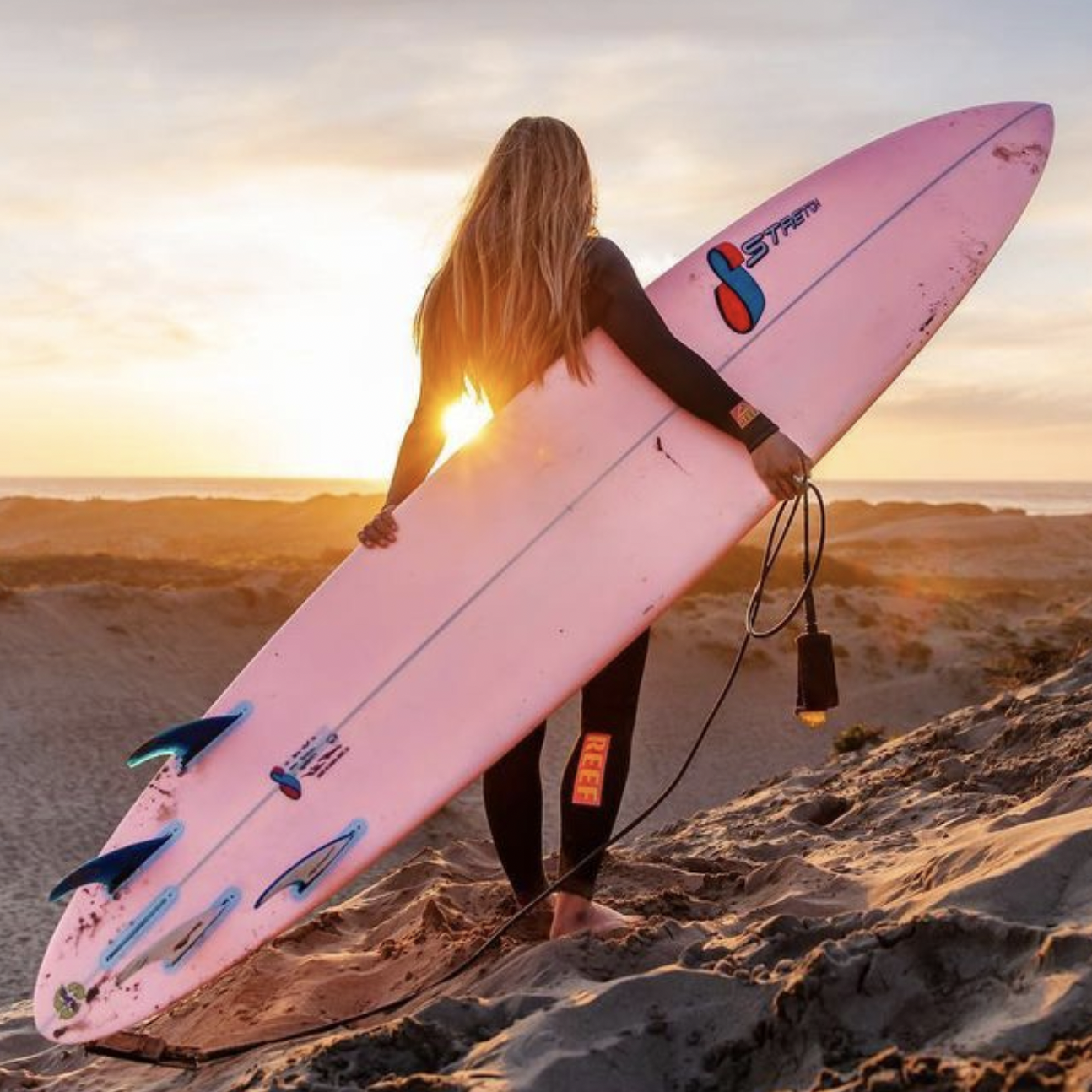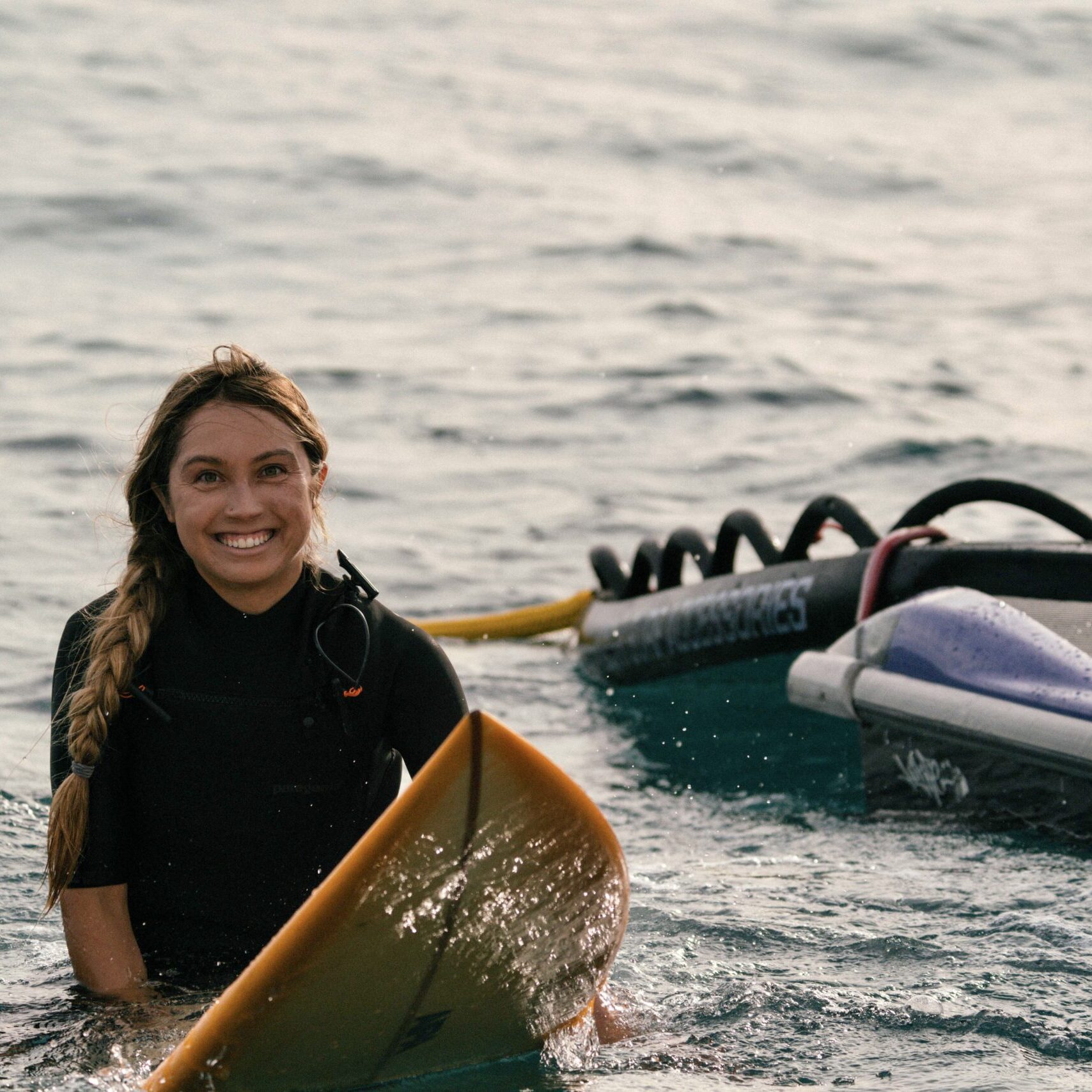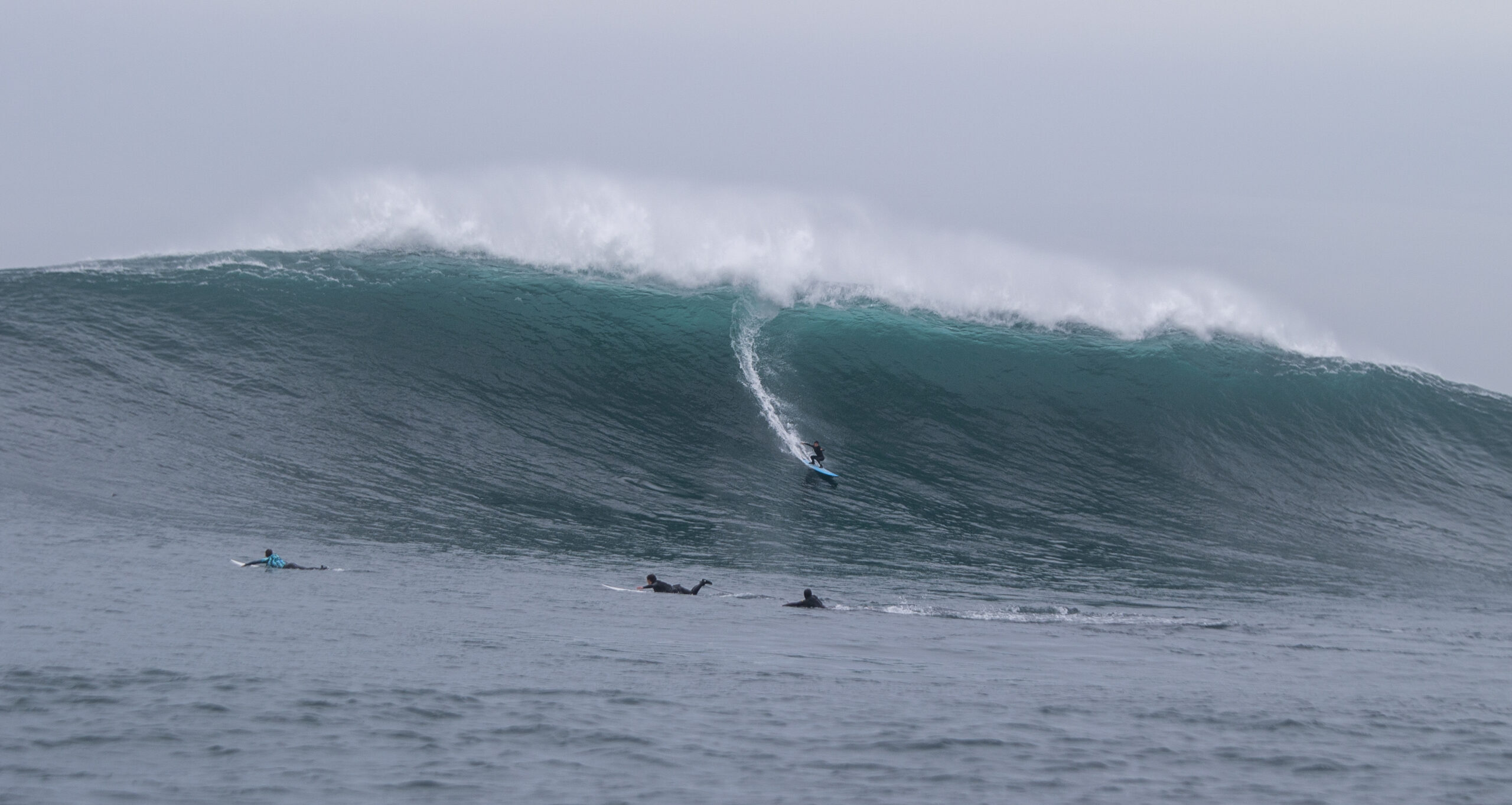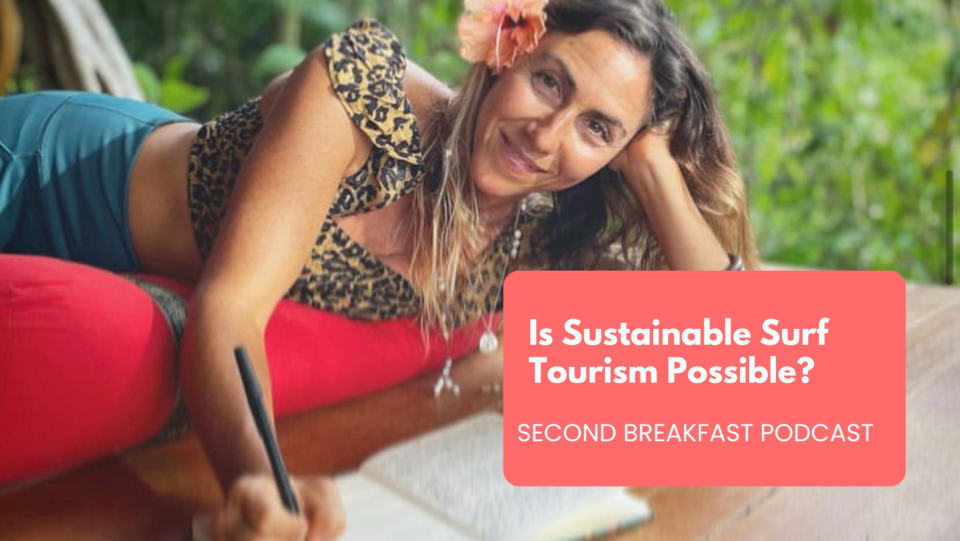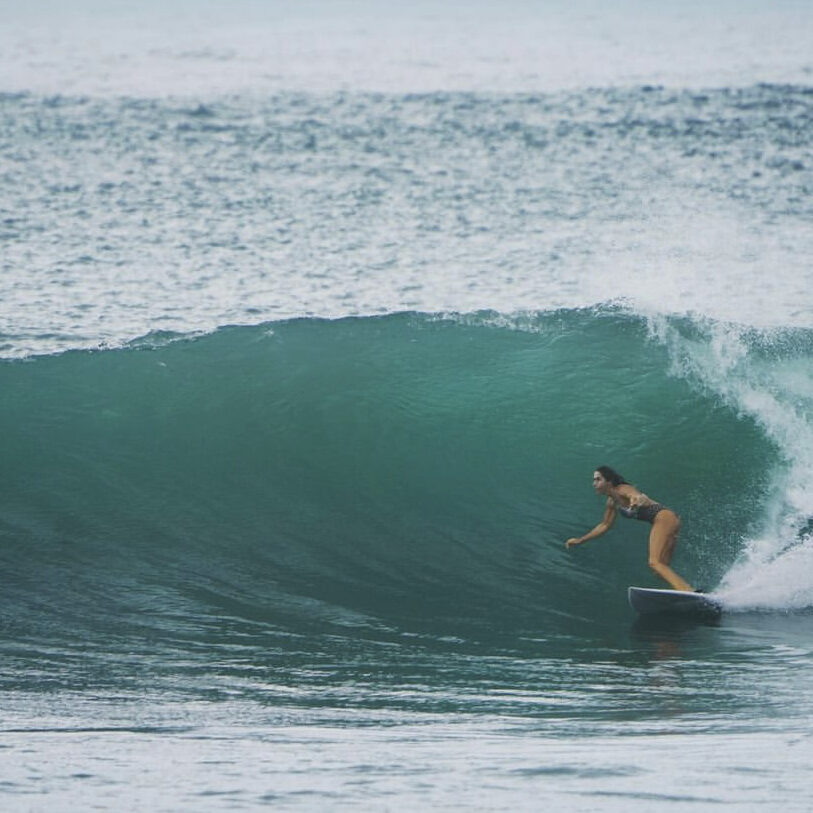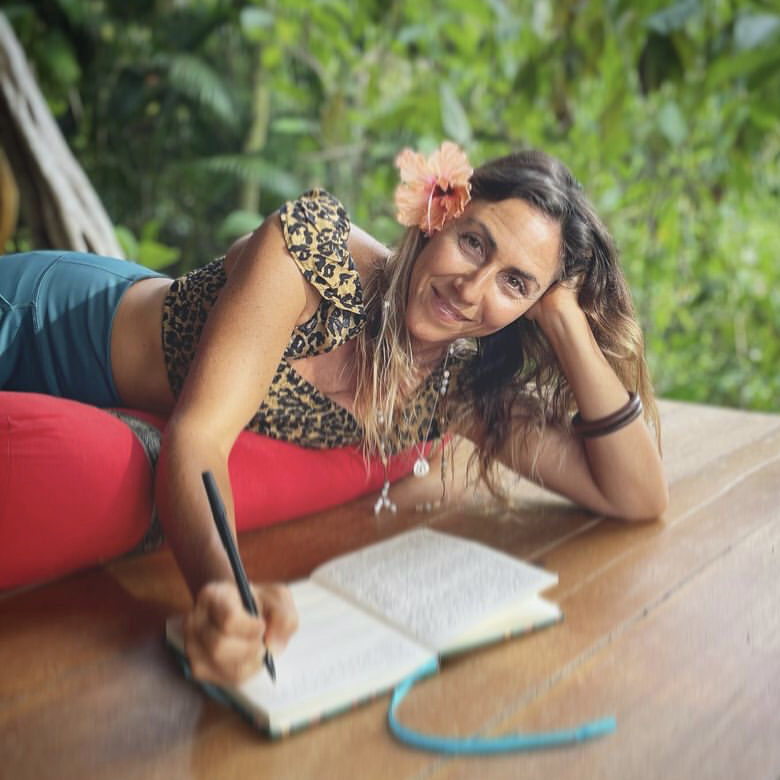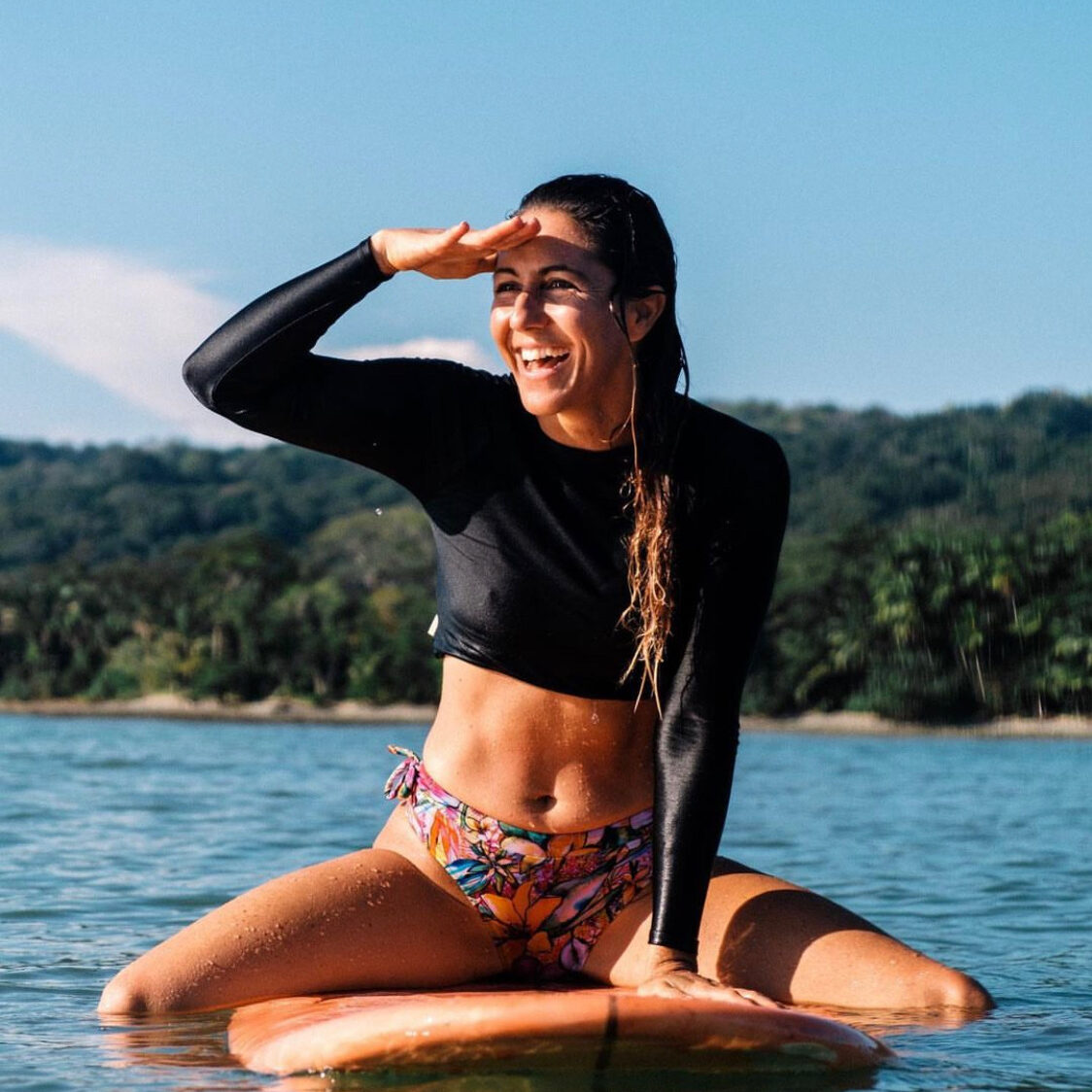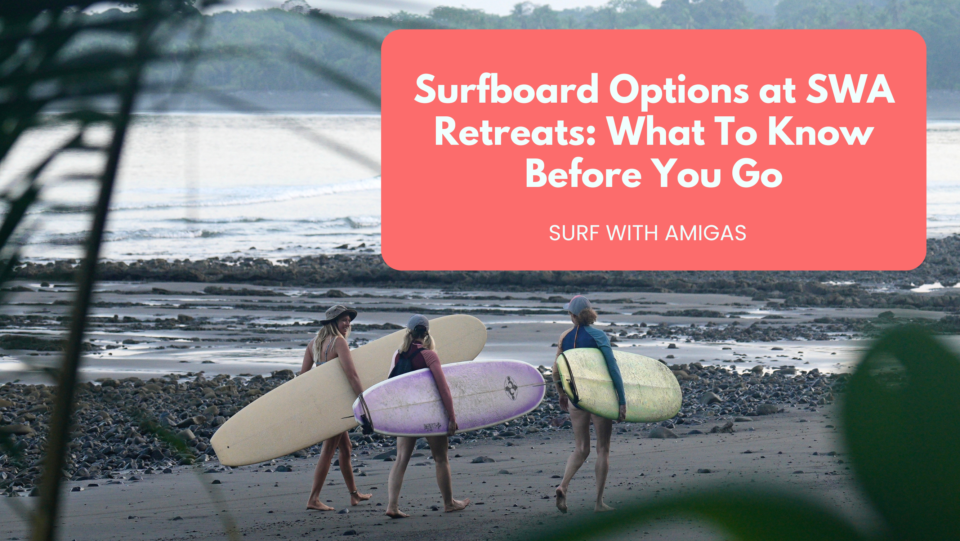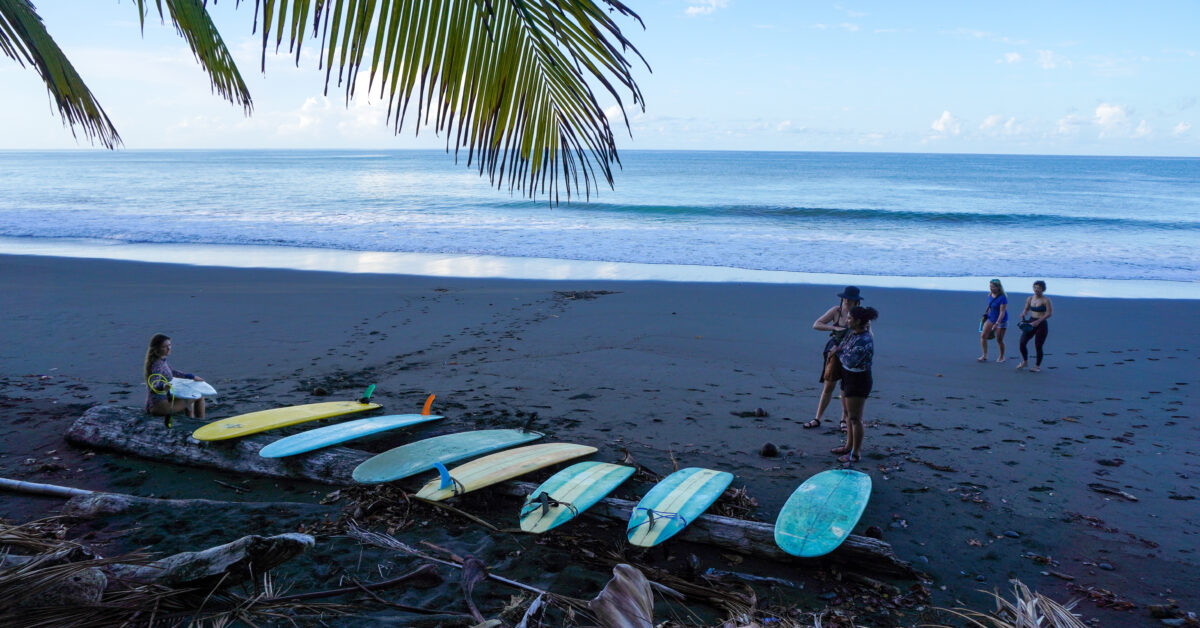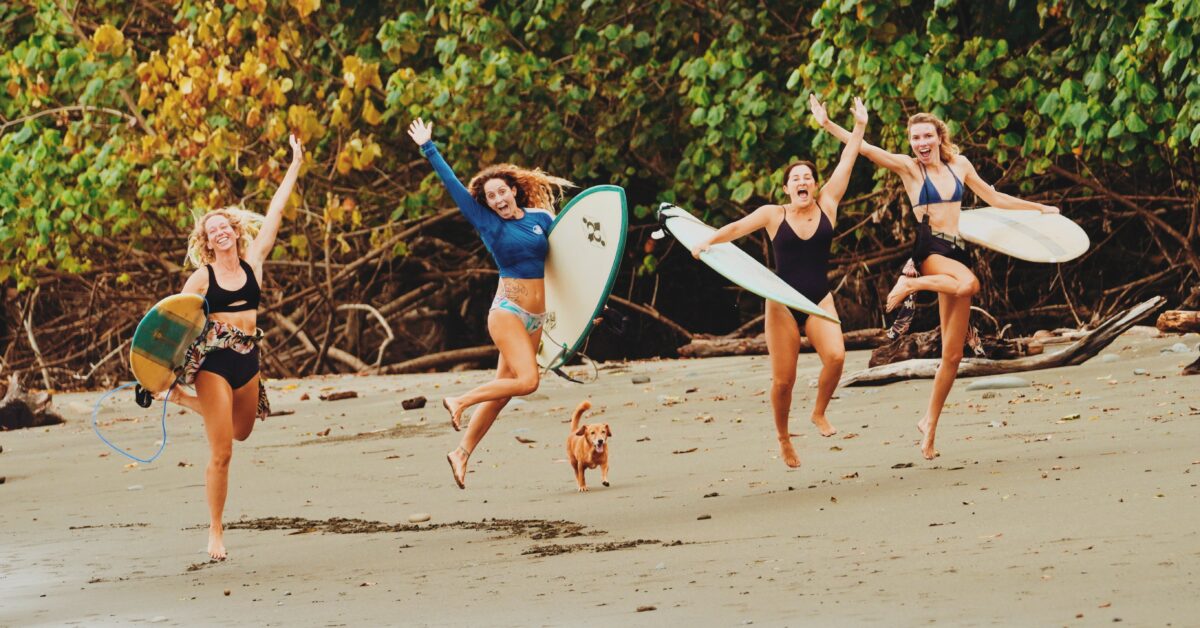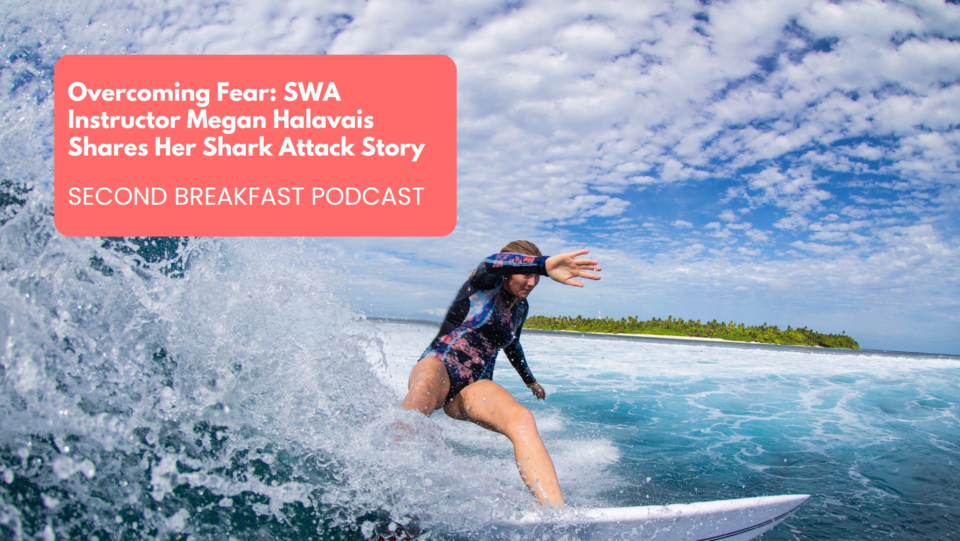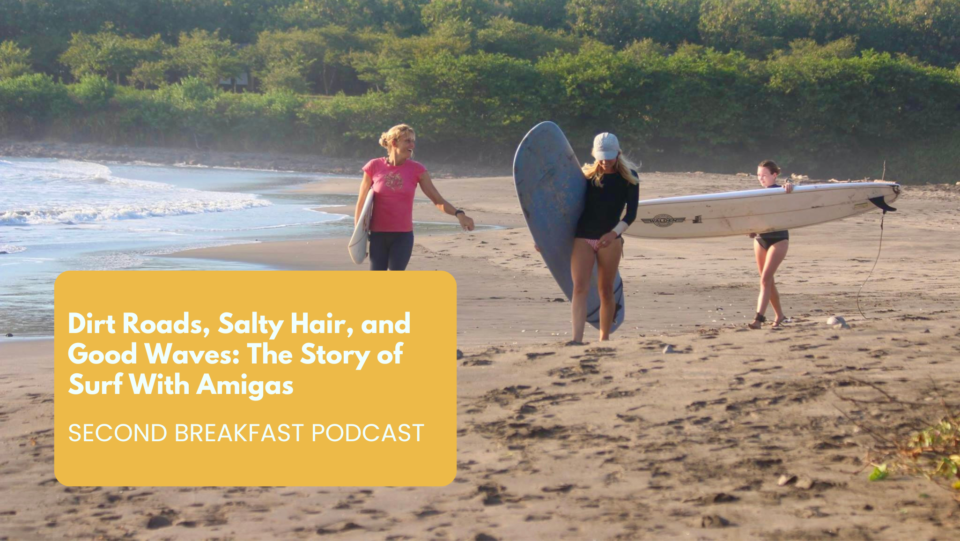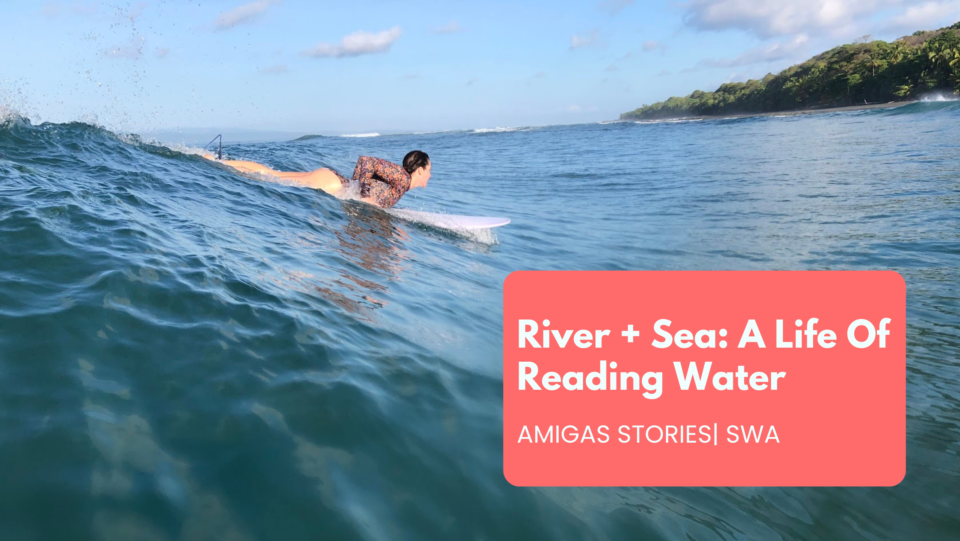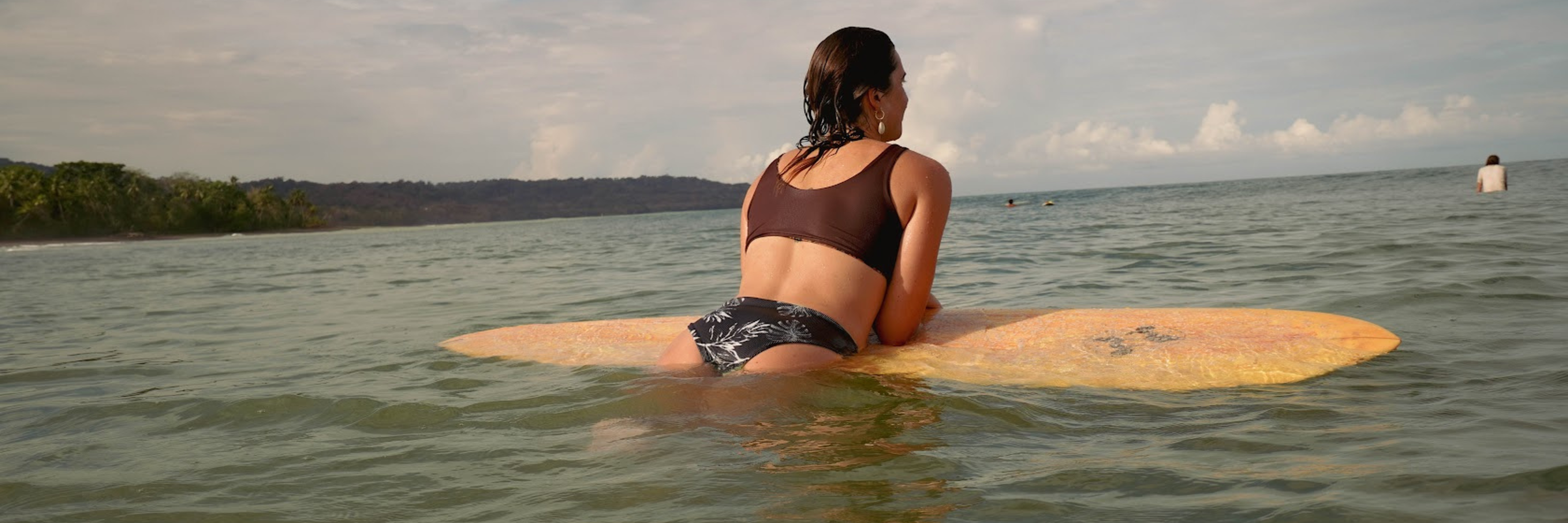“I really struggled to pull together the idea of parenting and family life and surfing, because I think a lot of us can admit that surfing is typically quite a selfish kind of sport. We’re a bit flaky as people sometimes. We drop plans and we gotta go when we gotta go. I was a bit concerned as to how that was gonna work.”
Many expecting mothers think that their surf lives won’t have to change when they have kids. But the reality is, our bodies and lives take quite the turn after bringing another human being into the world. In this episode, Ruby, a former SWA coach, gets raw and real with the truth about surfing after kids. She chats about the initial shock of her pregnant life, going from thinking that she’d be living her healthiest lifestyle to experiencing constant nausea and sickness throughout her pregnancy. We focus on one of the most key questions of surfing mamas, what happens when you can’t surf? Listen as we chat about the identity shift mothers go through and how we can work on ourselves to grow into or improve our motherhood and find the right balance with family life and surfing.
A PREVIEW OF THIS EPISODE:
“I started to get thinking, you know, what’s gonna really make me feel a little bit more whole, and what do I really want in life? How did I live in a way growing up that I would like to experience differently? And motherhood was kind of an obvious pathway going from there.
The thing I think I’m learning is that things are seasons, you know, and although I might not be getting prime surf time right now, as my young one is a toddler, I will surf again.
Parenting day to day to day, back to back to back, it’s pretty, it’s beautiful, but it’s exhausting and it’s relentless. So it’s definitely pushed me to my limits of where I thought I could go.
I think something I’ve really, really come to realize recently is, is your parenting is only as good as your nervous system, right? Like focusing on trying to keep my nervous system in check. It’s kind of like in the plane, you know, the air mask pops on, you’ve got to put it on yourself before you put on your child.
This is I think where sometimes it can be important to try and diversify. When you have to care for that little human and your primary coping mechanism (surfing) isn’t available to you. I would love to say that my first time back in the water gave me this giant sigh of relief, but I was just so stressed about being a new time mom that I was just spending my whole time worrying about her.”
